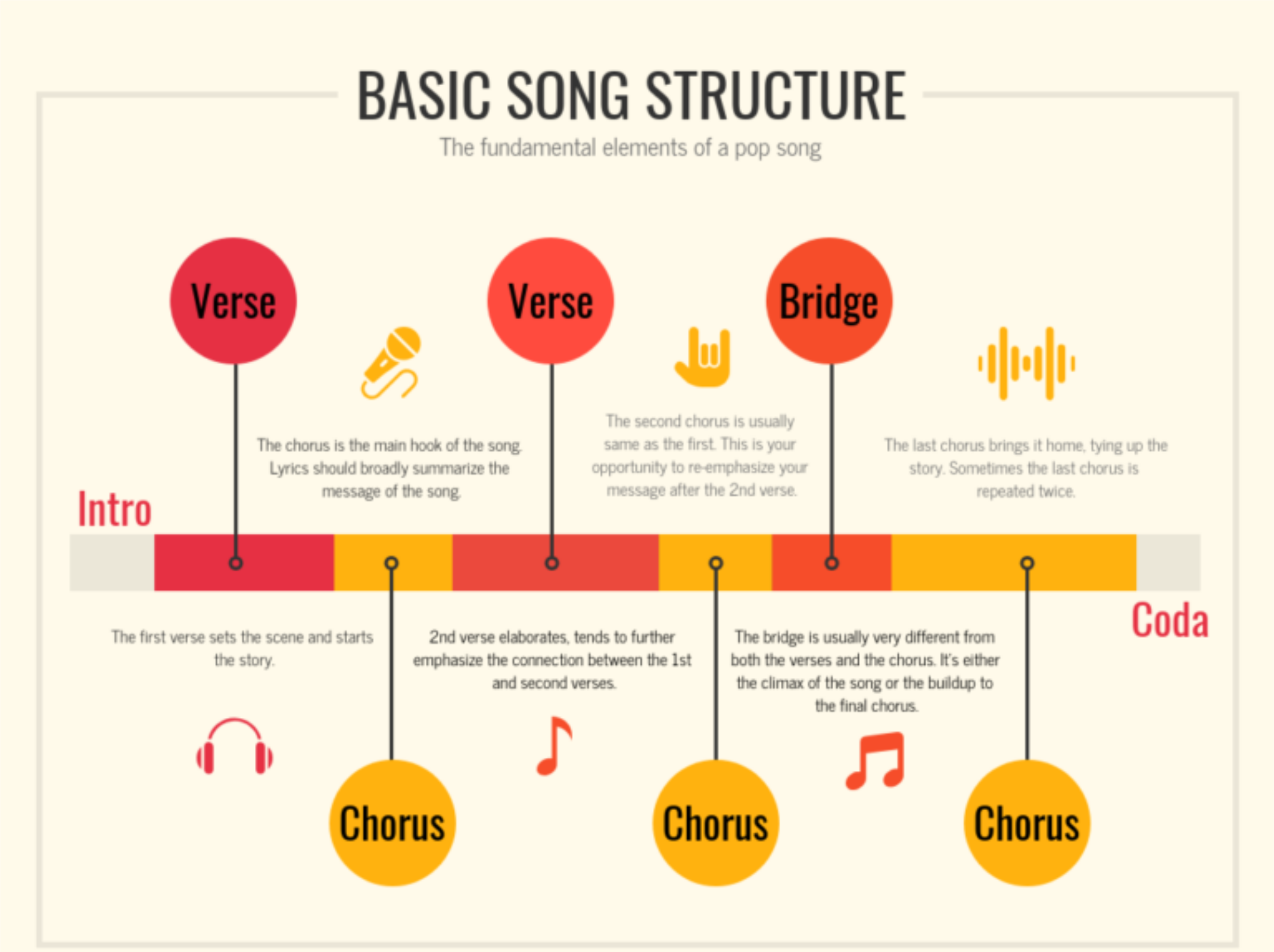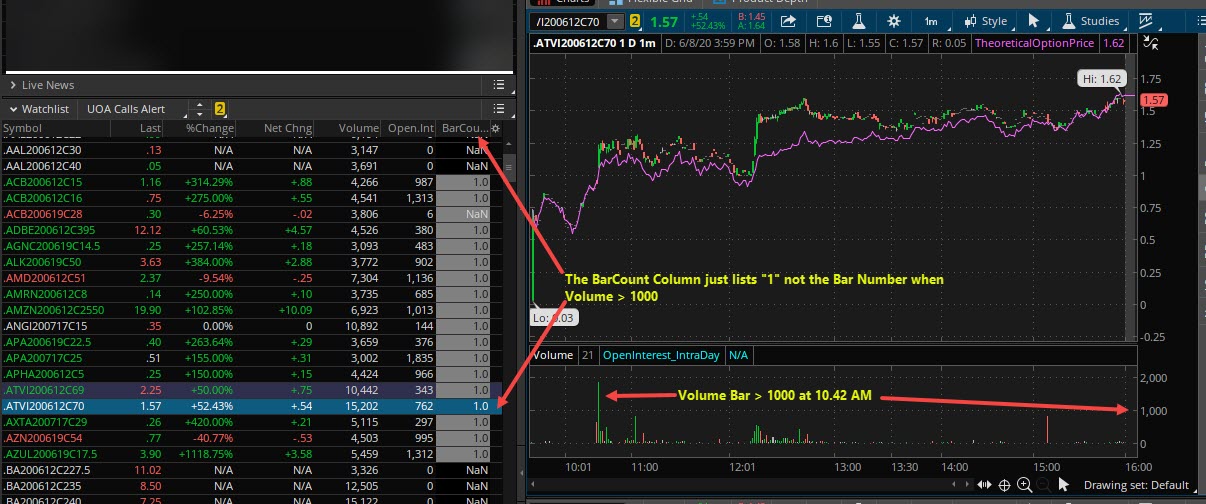

Meters with a top number of nine have three beats, while meters with a top note of 12 have four.) (Meters with a top number of six are typically felt as two beats to the bar. They essentially boil down to two, three, or four beats per measure, with a dotted note getting the beat. Compound meters in particular can be difficult to notate, but you probably already understood them, either explicitly or implicitly, and could play in them before you started reading this site. Meters with a top number of 6, 9 or 12 (such as 6/8 or 12/8) feature beats that are divided into three parts rather than two, and are known as compound meters. Most pop songs are in one of these time signatures, with 4/4 being the most typical. Irregular MetersĬommonly used time signatures such as 2/4, 3/4 and 4/4 belong to a category known as simple meters. Also, many pop songs use unusual phrase lengths of three or five bars, or go further afield. Irregular meters, which include meters like 5/8 and 7/4, can be tricky to play, but can provide interesting new colors to add to your songwriting palette.

See who can figure out the time signature of your favorite songs the fastest.Most pop songs feature measures of two, three or four beats, arranged into phrases of two, four, or eight measures. Keep practicing, maybe even make it a game. As soon as you get to the end of the measure, increase your bar count and start back over at 1 again.Īs a musician, training your ear is very important.Įventually, you might want to start playing songs by ear and picking them up without any sheet music.Ĭounting bars is a very simple way to start training your ear for rhythm - not necessarily tone at this point. If you know the song is in 4/4, then every time you get to four… you’ll know you just counted 1 bar.įor example: 1, 2, 3, 4… 1, 2, 3, 4… 1, 2, 3, 4… … etc. The next step once you know the time signature is to just start counting. With a little practice, it’ll click, and you’ll start picking up time signatures real quick! (wait, that rhymed…) Or even 6/8: One, Two, Three, Four, Five, Six… One, Two, Three, Four, Five, Six… If that doesn’t fit, you can try 3/4: One, Two, Three… One, Two, Three… The best way to do this is to listen, and at the same time try counting some of the most common time signatures.įor example, you’d start by listening to the song (here's a list of music blogs ) and counting out loud to the beat (you can try clapping beats as well): One, Two, Three, Four… One, Two, Three Four… You won’t be able to accurately count bars unless you know what time signature the song is in. Step 1: Figure out the time signature of the song. Once you know about measures and time signatures, counting bars gets really easy. We explain this in the next section on Time Signatures. You won’t get a complete picture until you know exactly how many beats each bar (measure) can hold. That’s what bar lines are - but you can’t end here.

Note that if you don’t see a start repeat dot (pointing to the right), it means you go all the way back to the beginning of the song and repeat the entire song again.

Whenever you see the repeat symbol dots like shown above, it means that you have to repeat everything inside of the dots one time. The dots pointing out towards the left show that the repeat section has ended. The dots pointing outward to the right show that a repeat section is beginning. Repeat Symbol: The repeat symbol is easily recognizable with its two dots. Double bar lines are used by the composer to show that a certain section of the song came to an end.Įnd Bar Line: If you see the end bar line, you’ve come to the end of the song. Just like with the single bar line, you don’t have to do anything but play right past it. You don’t stop here and you don’t need to do anything special - just play right past it.Īll a single bar line shows is the end of the “container” that holds a certain number of beats.ĭouble Bar Line: This is the exact same as a single bar line with one difference: it indicates the end of a section of a song. Single Bar Line: A single bar line indicates the end of a measure (or bar).


 0 kommentar(er)
0 kommentar(er)
